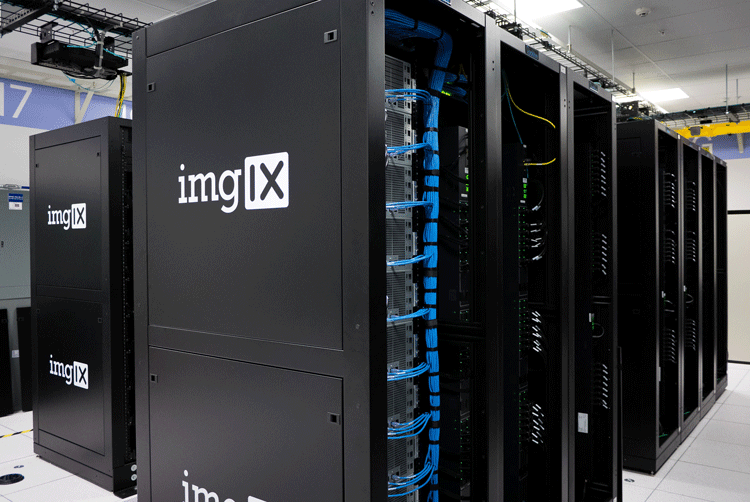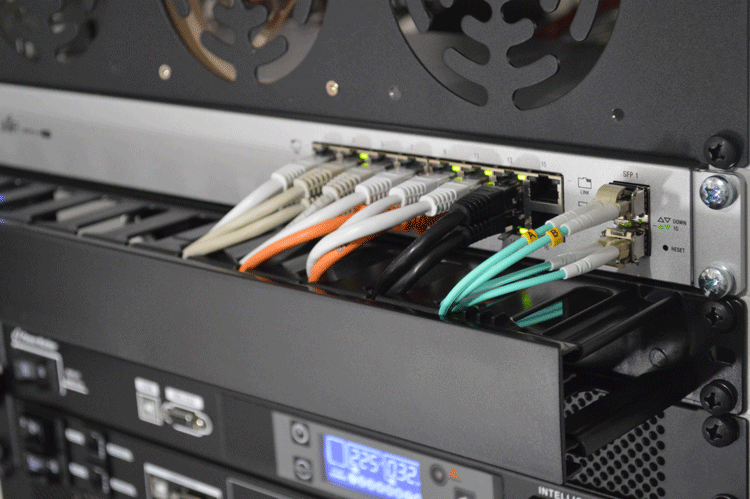Managers in most businesses now face a common task: how to revise their twelve-month projections or plans for calendar 2020. This is a thorny problem. In a sense, we are still in a data-gathering phase before we can work on conclusions about how much demand may decrease and what products will be affected, including where, when, for how long, and how severely.
With the Covid-19 pandemic and its economic consequences, we are still in early days, especially in the US and Europe. There is little information available as to how much economic growth will be affected – globally or in specific countries. One thing we can do, however, is look at past economic “events,” and comment on how they affected demand for fiber optic products.
At Fiber Optic Center, we have weathered previous downturns, including the dotcom-and-telecom bubbles of 2000-2002, and the global recession of 2008-2009. In the first case, the dot-com and telecom bubbles, FO was directly affected. To be honest, over-investment in fiber optic network operators in the late 1990s was a key part of the problem. When these excesses became apparent, the investors fled, and the market for fiber and optical components collapsed.

Photo by imgix on Unsplash

Photo by Thomas Jensen on Unsplash
So that situation was not actually an economic downturn or recession. It was a mania-and-panic or investment bubble, and to a large extent, it was isolated to the “information-and-communications technology” (ITC) industry. The reason for mentioning this now is we don’t think that bubble will happen again in fiber optics. Investors have a much better understanding of telecom and Internet technologies and won’t over-invest in that fashion.
In the global recession of 2008 and 2009, new optical network construction projects were scaled back by some carriers and in some countries, but not in all cases. Some markets, especially in Europe, showed a downturn in fiber demand, but other countries had flat or positive growth trends.
What about now? Already there is evidence that the morbidity and mortality rates vary among countries, in total and per capita. And the effects on fiber-network construction are varying. For example, we have learned that virus-related shutdowns in Western Europe have halted construction on FTTH networks in several markets. On the other hand, we are hearing that construction on 5G networks is progressing in the US and other countries, at least as of late March. So we think the extent of economic slowdown and the demand for optical products will vary among countries.
For the rest of 2020 and possibly part of 2021, a global recession might limit the short-term availability of capital for network construction, but the underlying drivers of telecom network construction are not going to go away. Bandwidth requirements will continue going up. Corporations and household customers will continue to rely on cloud services, necessitating more data centers and more interconnections. Finally, we note that even if capex-intensive projects such as new optical cable networks are delayed or stretched out, there can be ongoing demand for cable assemblies associated with maintaining, operating, and upgrading capacity on previously installed networks.
In the past two downturns, the trough was asymmetric – the downturn occurred relatively quickly, followed by a more gradual recovery. But ITC-related industries showed a less severe descent and a more rapid recovery than other industries.
To close on a positive note, I wish to point out a development in last week’s news. It is from “Report 11: Evidence of initial success for China exiting COVID-19 social distancing policy after achieving containment” by the Imperial College (of London) COVID-19 Response Team:
For the first time since the outbreak began there have been no new confirmed cases caused by local transmission in China reported for five consecutive days up to 23 March 2020 [4-7]. This is an indication that the social distancing measures enacted in China have led to control of COVID-19. …
These results do not preclude future epidemics in China, nor do they allow us to estimate the maximum proportion of previous within-city activity that will be recovered in the medium term. However, they do suggest that after very intense social distancing which resulted in containment, China has successfully exited their stringent social distancing policy to some degree.
China’s government enacted social-distancing measures in Wuhan on January 23, and the sequence of five consecutive days with no new confirmed cases was reported on March 23. Thus, in the case of Wuhan, the social-distancing policies seem to have been effective with a two-month span. Of course, this does not mean that policies in the US will take the same amount of time, or more or less time. The two countries’ demographics differ, as do their political institutions and medical resources. Nonetheless, it does suggest some light at the end of the tunnel after a period of social-distancing policies. Further, so far in Wuhan, the number of new confirmed cases has not shown signs of going back up as people were permitted to move around again.
Fiber Optic Center, Inc. is monitoring the global coronavirus outbreak situation, taking proactive measures to ensure the health and safety of all of our employees, customers, vendors, and their families and following all official government guidance and travel advisories.
Our Market Analyst, Richard Mack, published Covid-19 and fiber optic cable assemblies regarding effects of the Covid-19 pandemic and the current market situation. Please click over to read about the ongoing demand in telecom networks and data centers that, as Richard penned it, “are not just ‘essential’ during the pandemic. They are vital.”
If you have questions about this article or would like to share your views as the pandemic progresses, please do contact FOC at FiberOpticCenter@focenter.com for immediate dialog and responses on this topic.
Re: Terminology
“Covid-19” stands for coronavirus disease 2019. This designation refers to the disease.
SARS = severe acute respiratory syndrome. From US Center for Disease Control website: “SARS is a viral respiratory illness caused by a coronavirus called SARS-associated coronavirus (SARS-CoV). SARS was first reported in Asia in February 2003. The illness spread to more than two dozen countries in North America, South America, Europe, and Asia before the SARS global outbreak of 2003 was contained.
SARS-CoV-2 is the term used for the virus (the actual microorganism) that causes the Covid-19 disease.
Pandemic – the World Health Organization has designated Covid-19 a pandemic, and the US government has used this term.



